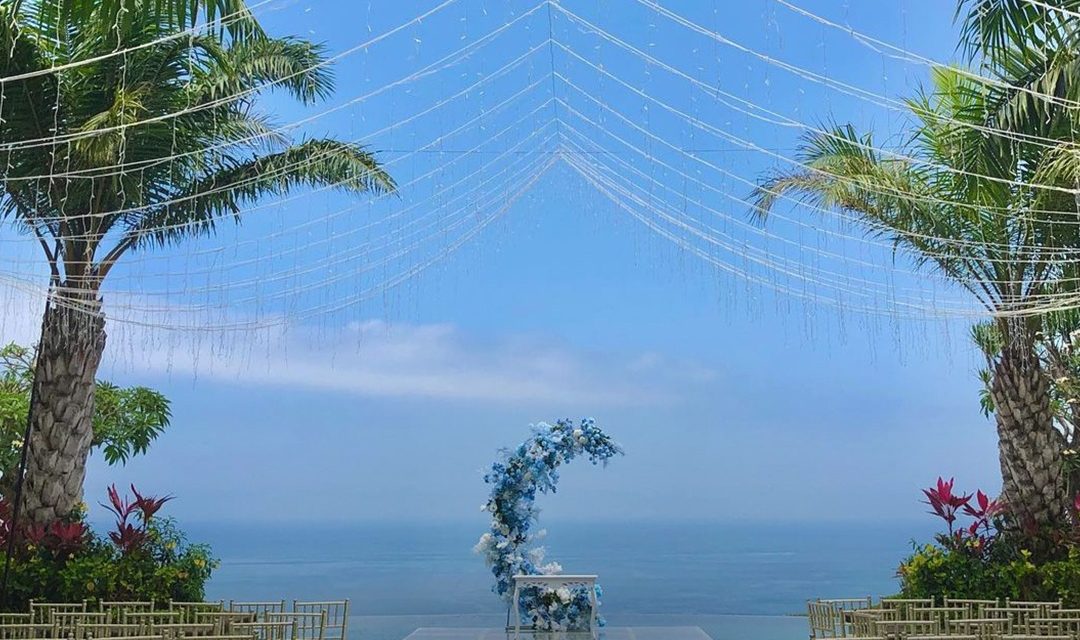When you stroll through the lush streets of Ubud, Bali, one thing becomes evident: the art of traditional dance is woven intricately into the fabric of this enchanting town. As someone who has spent countless evenings watching dance performances under the starlit Balinese sky, I can tell you that Ubud is more than just a cultural hub; it’s a living, breathing canvas of tradition and storytelling expressed through movement.
The Roots of Ubud Dance
The history of Ubud’s traditional dance styles is a fascinating journey that intertwines spirituality, community, and creativity. The origins of these dances can be traced back to ancient rituals and ceremonies. For the Balinese, dance is not merely entertainment; it is a form of worship and a way to connect with the divine.
During my first visit to Ubud, I was captivated by the intricate movements and vibrant costumes of the dancers. It was during the Kecak performance, held at the iconic Uluwatu Temple, that I truly felt the pulse of Balinese culture. Watching the way the dancers told the story of the Ramayana, with their expressive faces and synchronized movements, opened my eyes to how dance serves as a narrative medium in this part of the world.
The Different Styles of Dance
Ubud is home to various traditional dance styles, each with its unique history and storytelling method. Here are a few key styles that you simply can’t miss:
1. Legong
The Legong dance is one of the most exquisite and intricate forms of Balinese dance. With its swift footwork, graceful hand movements, and vibrant costumes, this dance tells stories from the Ramayana. I remember being mesmerized by the delicate movements of the young dancers, who start learning this art form at a young age. The way they mimic the delicate nature of flowers was a sight to behold!
2. Barong
Barong dance is a captivating representation of the eternal battle between good and evil. The Barong, a lion-like creature, symbolizes goodness, whereas the Rangda, the witch, represents evil. In one unforgettable performance, I could feel the electrifying energy in the room as the dancers engaged in a dramatic duel. The swirling of costumes and the rhythmic beats of traditional gamelan music filled the air with an energy that was impossible to ignore.
3. Kecak
As I mentioned earlier, Kecak is a unique form that has no musical instruments but is accompanied instead by the chanting of a large group of men. What struck me the most was the communal aspect of the performance. The way the men chanting cak created a hypnotic rhythm transported the audience into a trance-like state, making us all part of the story. The experience was nothing short of spellbinding and became a cherished memory of my time in Bali.
4. Topeng
Topeng, or mask dance, has origins rooted in rituals and depicts various characters in Balinese mythology. Each mask tells a different story, and the dances are often lively and humorous. I witnessed an amazing Topeng performance at a local festival where the dancers skillfully switched from one character to another with the mere flick of a wrist—or a new mask! This style is a delightful blend of grace and comedy.
The Community and Preservation of Dance
Ubud is not just about performances for tourists; dance is deeply embedded in the community’s everyday life. I was fortunate to participate in a dance workshop during my stay. The locals shared with me that dance is seen as a pathway to maintain their culture, as well as a means of preserving their spiritual beliefs. It’s not uncommon to see children rehearse in a temple courtyard or watch elders pass down the dance movements to their grandchildren.
For anyone looking to engage with traditional dance, I would recommend taking a class while in Ubud. Whether you’re a seasoned dancer or a complete beginner, it offers a beautiful opportunity to connect with the culture authentically.
Final Thoughts
The history of Ubud traditional dance styles is a remarkable tapestry of history, emotion, and community spirit. Each performance I attended left me enriched with understanding and appreciation for the Balinese culture, and I often came away with invaluable lessons about storytelling and expression through movement.If you’re planning a visit to Ubud, I encourage you to attend a dance performance, but beyond that, immerse yourself in the community. Whether it’s attending a local festival, participating in a dance class, or simply striking up a conversation with a local dancer, you’ll find that the history of Ubud traditional dance is not just a relic of the past, but a vibrant part of life today. Who knows, by the end of your journey, you may be twirling and chanting “cak” right alongside the dancers!






